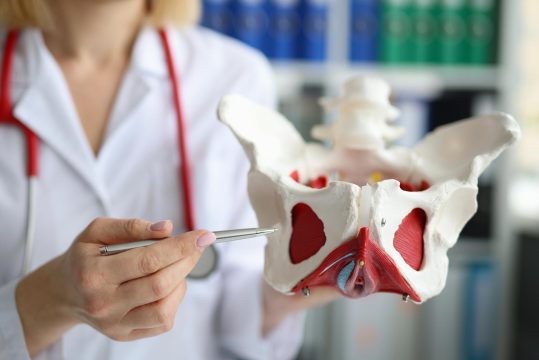Advertisment
Widespread CPR training saves lives

World Health Matters (Denmark) – by Gary Finnegan – A new study has shown that a marked increase in CPR performed by bystanders in Denmark can lead to marked improvements in survival rates after cardiac arrest.
The Danes launched a decade-long nationwide effort to boost the number of people with basic first aid training, a move which appears to be paying handsome dividends.
A paper presented at the American College of Cardiology’s 61st Annual Scientific Session detailed a major Danish study which will prompt public health authorities to consider the benefits of investing in CRP training for the general public.
The research, which examined 29,000 cardiac arrest cases in Denmark, found that the proportion of cases in which a bystander performed CPR more than doubled between 2001 and 2010.
The study also found patients who were treated with CPR or automated external defibrillators (AEDs) by bystanders while awaiting emergency responders were about four times more likely to have survived 30 days after the cardiac-related than those who did not receive such assistance.
“This study is important because it emphasises that an increase in bystander resuscitation has a direct impact on survival of patients,” said Dr Mads Wissenberg, Gentofte University Hospital in Copenhagen, Denmark and the study’s lead investigator.
“The study also demonstrates that increased availability of AEDs is likely to have an impact on survival.”
During the last ten years, several organisations have launched widespread efforts to train members of the general public in first aid, and in 2005 and 2006, Denmark began requiring elementary school students and people getting a driver’s license to be trained in CPR.
At the same time, AEDs were installed in more public and private locations throughout the country. “Changing the habits of a whole population is difficult, and we were therefore surprised that the initiatives taken during the last decade seem to have made such an impact on bystander CPR and survival,” Dr. Wissenberg said.
He added that efforts to increase CPR training and AED availability in other countries, would likely result in similar improvements.
Despite the large increase in patients receiving CPR from bystanders, more than half of the patients did not receive bystander CPR. And although the use of AEDs was associated with increased 30-day survival, less than 2% of cases throughout the study period involved these devices.
“There is still room for improvements in order to increase the survival following out-of-hospital cardiac arrest even further,” said Dr. Wissenberg.





